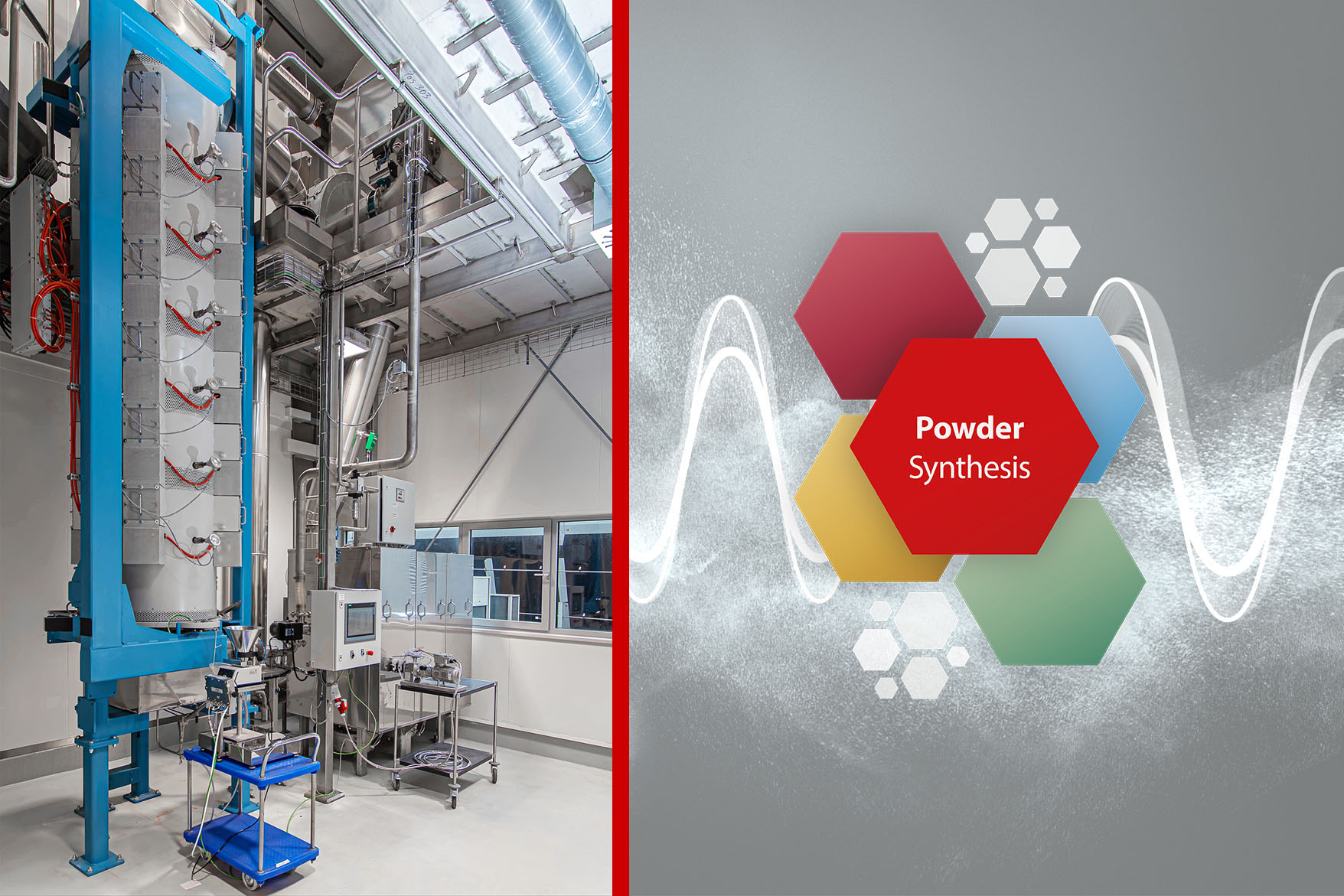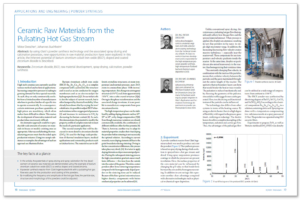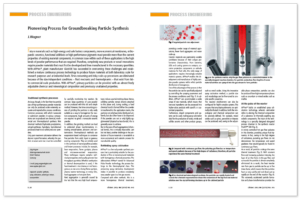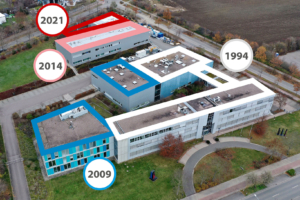Product Design of Battery Materials for More Capacity and Stability
- anode materials.
- cathode materials.
- solid electrolytes.
Lecture on:
Aerosol-based processes for the production of battery materials
Register now!
15.11.2023 | Virtual Battery Day
Speaker: Dr. Johannes Buchheim, Glatt Ingenieurtechnik
Lecture in English language
What to learn about the production of battery materials with Glatt technologies?
With the introduction of the lithium battery by Sony in 1990, the development of active materials has gone through a steady process with the aim of increasing energy density. This is realised through the development of novel, nickel-rich and cobalt-free cathode materials, the production of silicon-carbon composite materials and the development of solid-state batteries. The increasing demand for applications within electromobility or stationary energy storage requires the implementation of novel, sustainable and continuous manufacturing processes as well as processes for coating active materials. Aerosol-based methods based on spray drying / spray calcination and spray granulation are presented using selected examples. First results on electrochemical characterisation are shown.
Materials and methods
Production of cathode materials
The development of new cathode materials starting from the layered oxide LiCoO2 led to lithium nickel manganese oxides NMC and lithium nickel aluminum oxides NCA by substituting cobalt with other elements. In addition to these materials, which are predominantly used for electromobility, oxides of the olivine structure, e.g. lithium iron phosphate LiFePO4, and materials of the spinel structure LiMn2‑xNixO4 are used. The production of these active materials involve a variety of methods, some of which require multiple process steps. These include precipitation and solid-state reactions, hydrothermal processes, and sol-gel processes. By applying aerosol-based spray drying and spray calcination processes, the number of process steps can be reduced and continuous production can be realized.
Production of anode materials
Graphite represents a common anode material. The theoretical capacity of this material is limited to a theoretical capacity of 372 mAh/g due to the formation of the compound LiC6. The push for higher energy densities brought the focus to other elements. Silicon offers an alternative solution here due to its good availability and a much higher theoretical capacity of 3600 mAh/g. A volume change of 320 % during the charge and discharge cycle leads to fracture of particles, loss of contact to the current sink and continuous erosion of the protective boundary layer between silicon and electrolyte. The fabrication of silicon-carbon composites offers a promising approach to compensate for the volume change. The production can be done by continuous aerosol based processes based on spray drying and spray granulation.
Production of solid electrolytes
Another method of increasing energy density is the development of solid-state batteries in which the liquid electrolyte is replaced by a lithium-conducting material, for example lithium lanthanum zirconium oxide LLZO. This allows metallic lithium to be used as the anode material (theoretical capacity of 3860 mAh/g). The challenge here is the synthesis of the solid electrolyte. By producing it from aerosol-based processes, the reaction time can be shortened.
Coating of cathode materials
Another representative of solid state electrolytes is lithium phosphorus sulfide LPS. The material is characterized by high ionic conductivity. However, the material has low chemical stability with respect to oxide cathode materials, so that a coating of the active materials is necessary. Lithium phosphate Li3PO4, lithium niobate LiNbO3, lithium borate LixByOz and lithium titanium oxides LTO, among others, are being discussed. Processes based on spray drying and spray calcination can also be used for this purpose in order to realize continuous processing.
Secure our support to realize your product idea and access to innovative technologies. Benefit from extremely short development times for new particle and product forms without having to invest in your own resources for testing technology and personnel. The laboratory and pilot tests in our Technology Center are your fastest and most reliable route to obtain results for the fundamental feasibility of your product requirements and sample quantities for performance evaluation or marketing. Trust in the interdisciplinary knowledge of our experts with many years of experience for the modification and optimal combination of process parameters. Put your investment on a secure basis and minimize your risk with our comprehensive, interdisciplinary engineering from a single source right up to the commissioning of your plant. Use our contract manufacturing until the start of your own production. Time-to-market from the first trial to the handover of your plant, tailored to the requirements of your products, that is the challenge and also our daily demand. Our process innovation as well as research and development secure your future. You have only one interface to this unique value chain and expertise: Glatt.
Further information on this topic and related topics can also be found in the following publications:
Published article: ‘New Battery Material by Powder Synthesis’ PDF, English
Published article: ‘Ceramic Raw Materials from the Pulsating Hot Gas Stream’ PDF, English
Published article: ‘Glatt Powder Synthesis – Pioneering Process for Groundbreaking Particle Synthesis’ PDF, English









